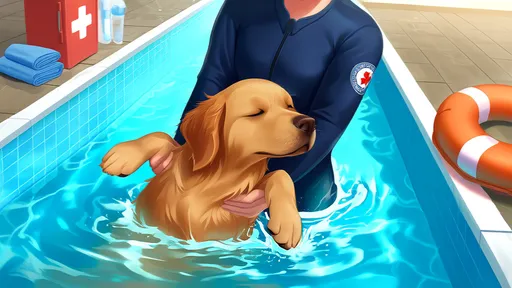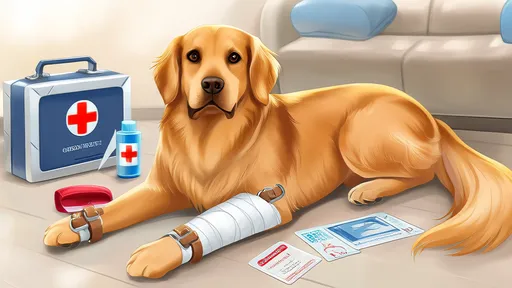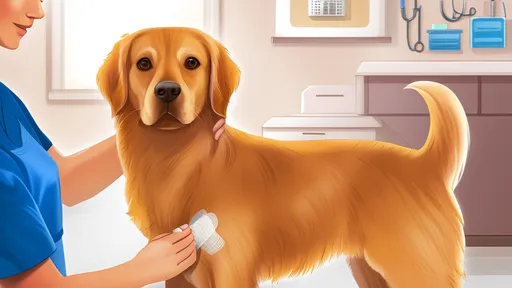When a pet collapses and stops breathing, every second counts. Performing CPR (Cardiopulmonary Resuscitation) can mean the difference between life and death, but it requires quick thinking and proper technique. Unlike humans, pets have different anatomical structures, and applying human CPR methods without modification could cause harm. Knowing how to administer effective chest compressions tailored to your pet’s size and species is crucial in an emergency.
The first step in pet CPR is assessing the situation. If your pet is unresponsive and not breathing, check for a pulse by placing your fingers on the inner thigh where the femoral artery is located. If no pulse is detected, begin CPR immediately. Time is critical—brain damage can occur within minutes of oxygen deprivation. Stay calm and focus on delivering steady, controlled compressions to maximize blood flow to vital organs.
Positioning is key when performing chest compressions on a pet. For dogs, place them on their right side on a firm surface. Larger dogs require compressions over the widest part of the chest, while smaller dogs and cats need compressions directly over the heart. Use one or two hands depending on the size of the animal, and compress the chest by about one-third to one-half of its width. The rate should be 100-120 compressions per minute, similar to human CPR rhythm.
One common mistake is applying too much force, especially with smaller pets. Excessive pressure can fracture ribs or damage internal organs, so moderation is essential. For cats and tiny dogs, use just your fingertips or the heel of one hand. The goal is to mimic the heart’s natural pumping action—firm enough to circulate blood but gentle enough to avoid injury. If you hear cracking sounds, ease up slightly but continue compressions.
Interruptions in CPR reduce its effectiveness, so minimize pauses between compressions and rescue breaths. After every 30 compressions, give two rescue breaths by closing the pet’s mouth, sealing your lips around their nose, and blowing gently until you see the chest rise. Resume compressions immediately. Continue the cycle until the pet starts breathing on their own or until professional veterinary help arrives.
Performing CPR on a pet is physically and emotionally draining, but persistence is vital. Even if revival seems unlikely, continuing CPR during transport to a veterinary clinic can sustain minimal blood flow, buying precious time for advanced interventions. Many pets have survived thanks to immediate and proper CPR from their owners. Training and preparation are the best ways to ensure you’re ready to act if the unthinkable happens.
While CPR can save lives, prevention is always better than reaction. Regular veterinary check-ups, maintaining a safe home environment, and recognizing early signs of distress can reduce the likelihood of emergencies. However, if the worst occurs, having the knowledge and confidence to perform pet CPR can make all the difference. Consider taking a pet first aid course to practice these skills under professional guidance—it might one day save your beloved companion’s life.

By /Jul 31, 2025

By /Jul 31, 2025

By /Jul 31, 2025

By /Jul 31, 2025

By /Jul 31, 2025

By /Jul 31, 2025

By /Jul 31, 2025

By /Jul 31, 2025

By /Jul 31, 2025

By /Jul 31, 2025

By /Jul 31, 2025

By /Jul 31, 2025

By /Jul 31, 2025

By /Jul 31, 2025

By /Jul 31, 2025

By /Jul 31, 2025

By /Jul 31, 2025

By /Jul 31, 2025

By /Jul 31, 2025

By /Jul 31, 2025